The Japanese Military “comfort stations” existed in Thailand as well
A vast majority of Thai people have long believed World War II was fought between Japan and the allied powers, and the war had no connection with Thailand. That’s why the mobilization of “Comfort Women” in Thailand by the Japanese Military is a little-known issue. However, the truth is that although Thailand declare neutrality at the beginning of World War II, it is the only country in Asia that formed an alliance with Japan and supported Japan’s conduct of the war. In the process, Japan set up “comfort stations” throughout Thailand and conscripted numerous Asian women as “Comfort Women.” This article aims to examine what roles Thailand carried out in World War II and its relations with Japan and introduce data on the Japanese Military “Comfort Women” that have been unearthed through related documents and testimonies in a comprehensive manner.
Thailand and Japan during World War II
During the early stage of World War II, Thailand proclaimed neutrality in the war. However, as the Axis powers won the war in Europe over the Allies, The Thai government convinced that Japan's influence would further expand on the Indo-Chinese Peninsula adopted a position to support Japan’s stance.
As a result, on December 21, 1941, Thailand and Japan signed a “mutual offensive-defensive alliance pact.” Under this agreement, the two countries pledged to offer bilateral political, military, and economic support based on mutual respect for sovereignty and independence. In addition, both nations agreed not to sign a truce or peace treaty alone in case of war with other countries. Thailand hereby became the only country in Southeast Asia to form a close alliance with Japan.
The Thai government concluded an official alliance with Japan, but that’s not the governmental action all Thais desired. Thai underground resistance movements against Imperial Japan, including the Free Thai Movement, cooperated with the Allies, and a great number of Thais were concerned that their country might be regarded as an Axis power when Japan showed signs of losing the war. In 1944, as the war was not going in Japan’s favor, the Thai military dictatorship, which had allied with Japan, was ousted from power. The newly established civilian government proclaimed that Thailand had not been a voluntary partner of Japan and succeeded to rid itself of the status of a war criminal country. It is in this historical context that the Thai people don’t remember the history of its alliance with Japan and the conscription of “Comfort Women.”
Confidential Documents of Thailand’s Supreme Command
Thailand entered into a so-called “great alliance” with Japan,[1] but Thailand’s Supreme Command drew up classified documents related to the Japanese Military and left on record the conversations and movements the Japanese made with foreigners at all the meetings and banquets hosted by Thai government organizations. For that reason, documents of Thailand’s Supreme Command contain a lot of information about the Japanese Military stationed in Thailand during World War II.
These documents are currently housed in the National Archives of Thailand and divided into seven series as follows: (1) the duties of the Supreme Command Headquarters of Thailand, (2) the Department of Ally Coordination, (3) the Peace Administration Department, (4) the Army Chief of Staff of Thailand, (5) the Chief of Staff of the Ministry of National Defense, (6) a juridical counselor of the Ministry of National Defense, (7) others. The confidential documents amounted to 472 boxes with 247,309 pages in total.
Through the documents of the Supreme Command, it is possible to confirm the relations between the Thai Military and Japan of the time during, before, and after World War II and the exact state of “Comfort Women” in Thailand mobilized by the Japanese Military. These documents also include minutes, directives, the communication logs between Thai officials and Japanese military officers. Moreover, it contains reports on the activities and behaviors of the Japanese Military in a variety of areas, papers documenting violence against Thai women, and reliable information associated with Thai “Comfort Women,” Asian “Comfort Women,” and “comfort stations” which were located in Thailand. Document 2.6.5/97 shows that the Japanese Military sought to use a house situated in Si phraya as a Military comfort station. The house was a comfort station operated by Thais under the supervision of the Japanese Military (November 15, 1945).
The confidential documents of Thailand’s Supreme Command also involve the records of cases that took place after the end of World War II. These cases are primarily concerned with soldiers and civilians from colonial Joseon and Taiwan who were awaiting repatriation at concentration camps after the war. Documents contain their names as well as the record of the events that occurred in the period when the Allied Forces were in place. According to document 3.6/58, on March 9, 1946, after the war, the Commander of British Forces Thailand dispatched a unit to identify the number of Joseonese war prisoners detained in the Ayutthaya Concentration Camp. At this time, the British Military endeavored to record the names of Joseonese by gender. The list of civilians confined in the Ayutthaya Concentration Camp, seen in document 3.7/33, includes the names of men, women, and children from colonial Joseon and Taiwan (April 22 - 27, 1946). Though these documents include various information, they are rarely utilized in related research of the Japanese Military “Comfort Women.”
Evidential buildings of “comfort stations”
During World War II, the Japanese Military was stationed throughout Thailand and in neighboring countries for months or years. Subsequently, “comfort stations” were established in diverse regions, including Bangkok, Songkhla, Kanchanaburi, Ratchaburi, Phuket, Nakhon Si Thammarat, Ranong, Chumphon, Mae Hong Son, and Chiang Mai. They were found in far-flung areas ranging from urban areas to the forefront of the Thai-Burma border.
In this connection, documents of Thailand’s Supreme Command reveal the data on regions where the Japanese Military veritably stayed or was stationed, and on the number of bases, stationing period, movements, and activities of the Japanese Military. Among them, abundant data on “comfort stations” were also included: the Japanese military facilities involving three “comfort stations” in Kanchanaburi (document 1.13/60); a “comfort station” within a university’s facility (document 2.8/137); “comfort stations” in Ratchaburi, Ban Pong, and Phuket (document 1.13/69). The buildings recorded in these documents as having been used as “comfort stations,” though left unattended for a long time after the war, are still found in some regions such as Kanchanaburi and Phuket.
Testimonies
Along with the structures serving as physical evidence, those who underwent the war firsthand are alive as witnesses to this history. Residents over the age of 75 living in the regions where the Japanese Military was stationed still remember that time. They remember the posts and the conducts of the Japanese Military and buildings used as “comfort stations,” some of whom also testified about Asian women who moved together with them.
What’s interesting is that most of their testimonies are consistent with the documents of Thailand’s Supreme Command. A man living in Phuket testified that his former three-story house at Talang crossroad was used as a comfort station, adding that he had lived there in his childhood, and the second and third floors were divided into small rooms, each with a bed and a small table. His memory concurs with document 1.13/69, which deals with “comfort stations” in Phuket.
Issues to be scrutinized
The documents of Thailand’s Supreme Command and testimonies will need to be examined in more depth in the future. By doing so, we will be able to gain a broader understanding of the relations between Thailand and the Japanese Military and Thailand’s state of “Comfort Women” mobilized by the Japanese Military during World War II.

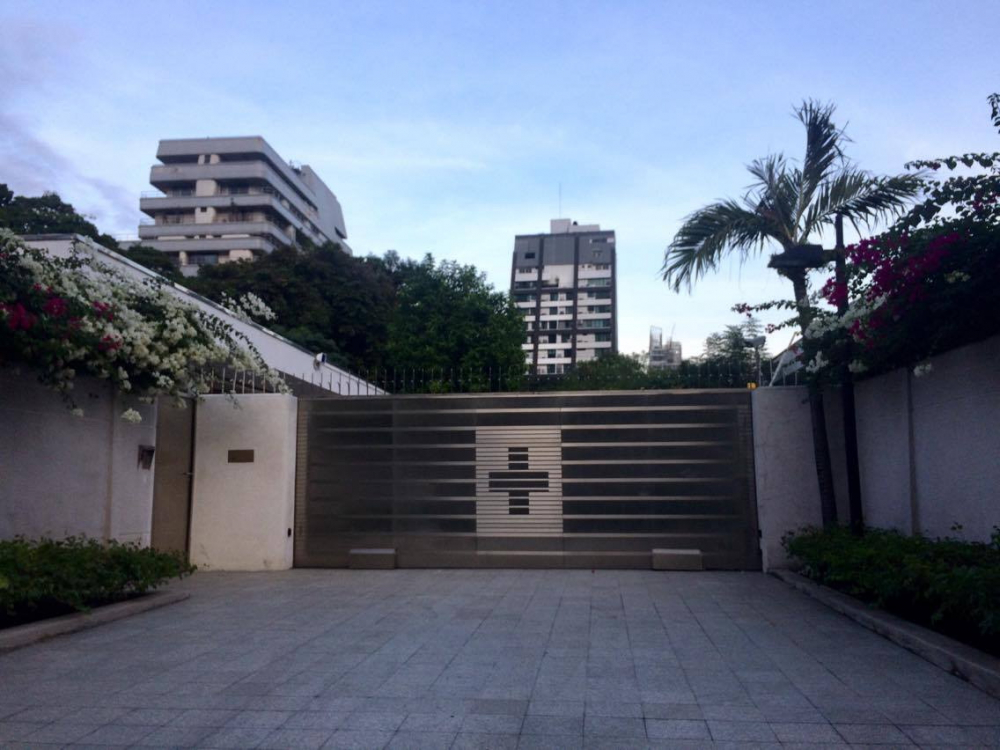
1. <Tru Ri Ya>, a “Comfort Station” for the Japanese Military - Pathum Wan District, Bangkok
Military brothel “Tru Ri Ya”, Wirelesss Road, Pathum Wan District
Documents 2.6.5/23 and 2.6.5/97 of Thailand’s Supreme Command indicate a “Comfort Station,” called “Tru Ri Ya,” stood on the site of the current-day Swiss Embassy.

House No. 730, Phaya Thai Road, a Military Brothel located inside the Chulalongkorn University campus
Documents 2.8/137 and 2.6.5/97 of Thailand’s Supreme Command show that house No. 703, a “Comfort Station” for the Japanese Military, was situated inside the Chulalongkorn University campus.
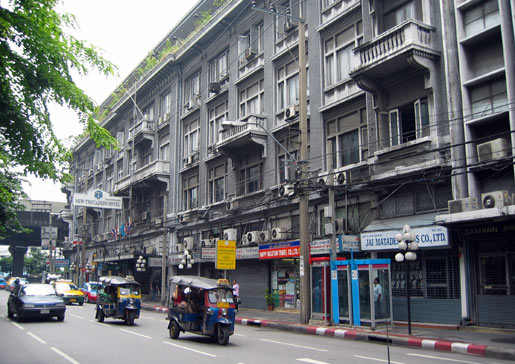
Trocadero, Surawong Road, Bang Rak District
Document 2.7/234 of Thailand’s Supreme Command and local residents testified that the Trocadero Hotel the Japanese Military used was situated in Bang Rak District, adding that the nightclub on the ground floor hired Asian women.
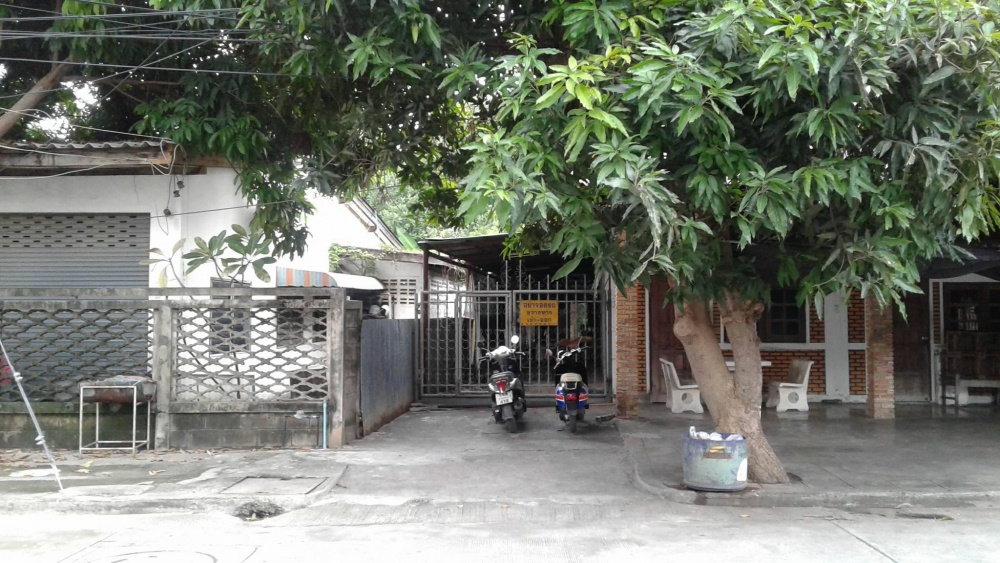
No. 45, Pak Phraek Road, Ban Nuea, Muang Kachanaburi, Kachanaburi
Document 1.13/60 of Thailand’s Supreme Command suggests this house was used as a “Comfort Station” for Japanese Military. After the war, the house was reconstructed, and the current owner and his/her relatives remember it was previously utilized as an office and accommodation for the Japanese Military.
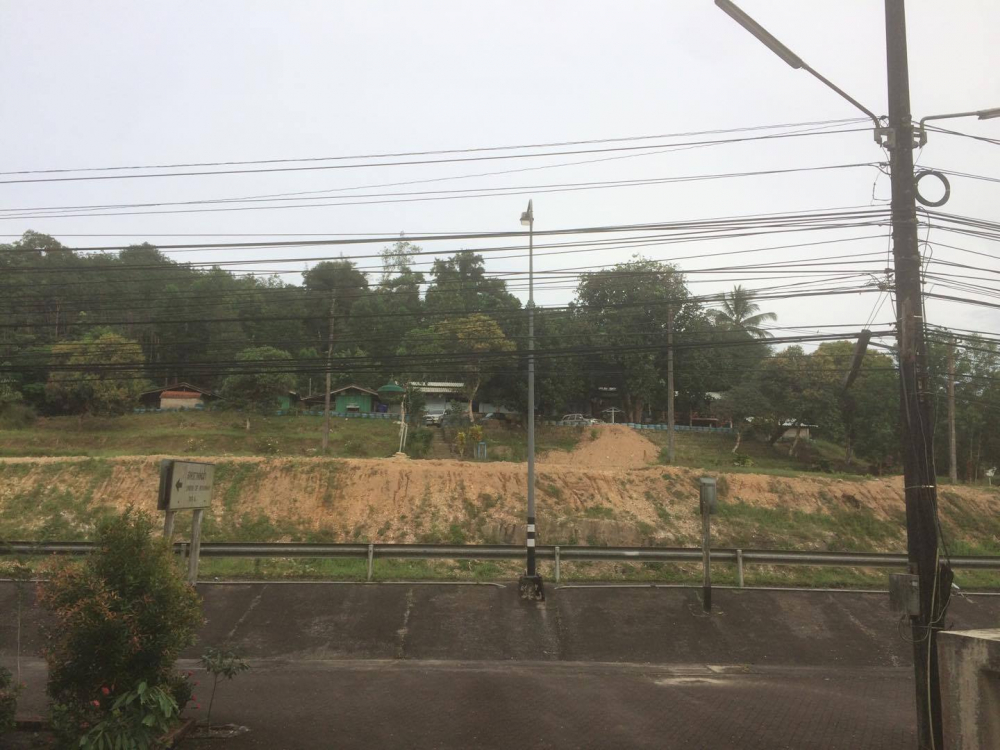
A Japanese Military Unit, Kra Isthmuss, Kra Buri, Ranong
Local residents in Ranong testify that there existed Asian women in the Japanese Military Unit located in Kra Buri, Ranong. Documents 1.12/261 and 2.5.2/9 of Thailand’s Supreme Command show the Japanese Military was stationed at this location to install a railroad.
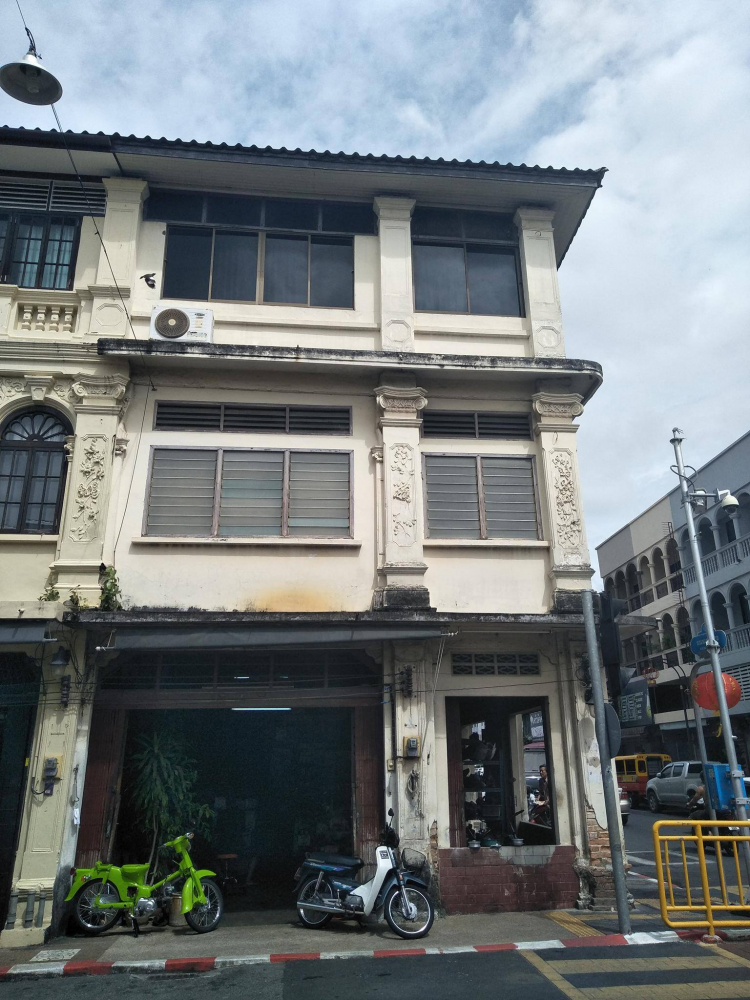
A Japanese Navy Club, Krabi Road, Muang Phuket, Phuket
Document 2.5/7 of Thailand’s Supreme Command reveals a three-story hotel situated on Krabi Road, Muang Phuket was used as a Japanese navy club. Its current owner and his/her family testified that in about 1949, the second and third floors of this building consisted of small rooms with beds and that they heard from local residents that it had been used as a Japanese Military “Comfort Station” called “Hall” during World War II.
Photos provided by Patporn Phoothong
The materials of photos and map have been reorganized based on the report produced in 2017 with the support of the Seoul Special Metropolitan City and Seoul National University Chung Chin Sung Research Team
Footnotes
- ^ Editor’s Note: Phibunsongkhram, the leader of Thailand’s military junta at the time, once said, “The UK is a country that has seized Thai territories, whereas Japan is a country that makes it possible for Thailand to recover the lost ones, so it is our true ‘great friend’.”
- Writer Patporn Phoothong
-
In 2009, she reported a case study, “Discovering the intolerance of Thai society: case study of Thai ‘Comfort Women’” while studying at Sungkonghoe University in Korea. In 2011, she took part as a researcher in the Japanese military ‘Comfort Women” archive team at Seoul National University Human Rights Center. She was also a researcher and project coordinator of the Initiative of Museum and Library for Peace, Peace Information Centre and Asian Muslim Action Network. Currently, she is conducting various research activities on past political violence, collective memory, and oral history.